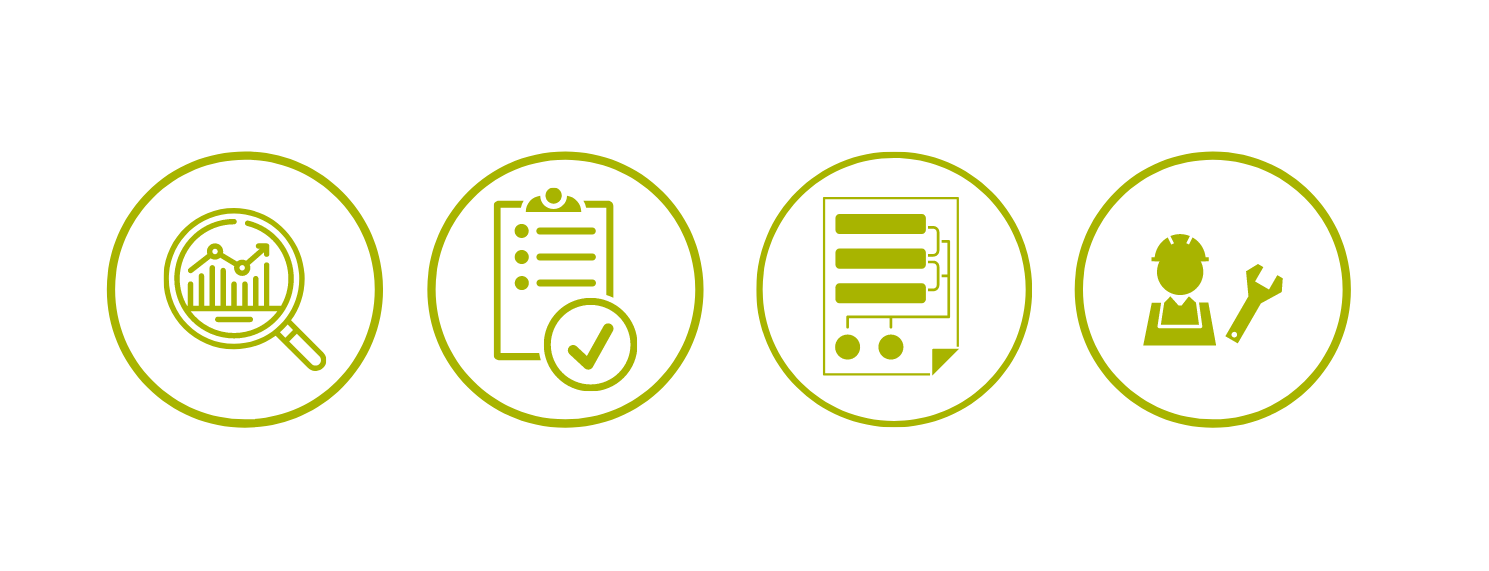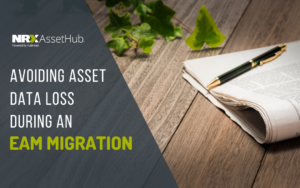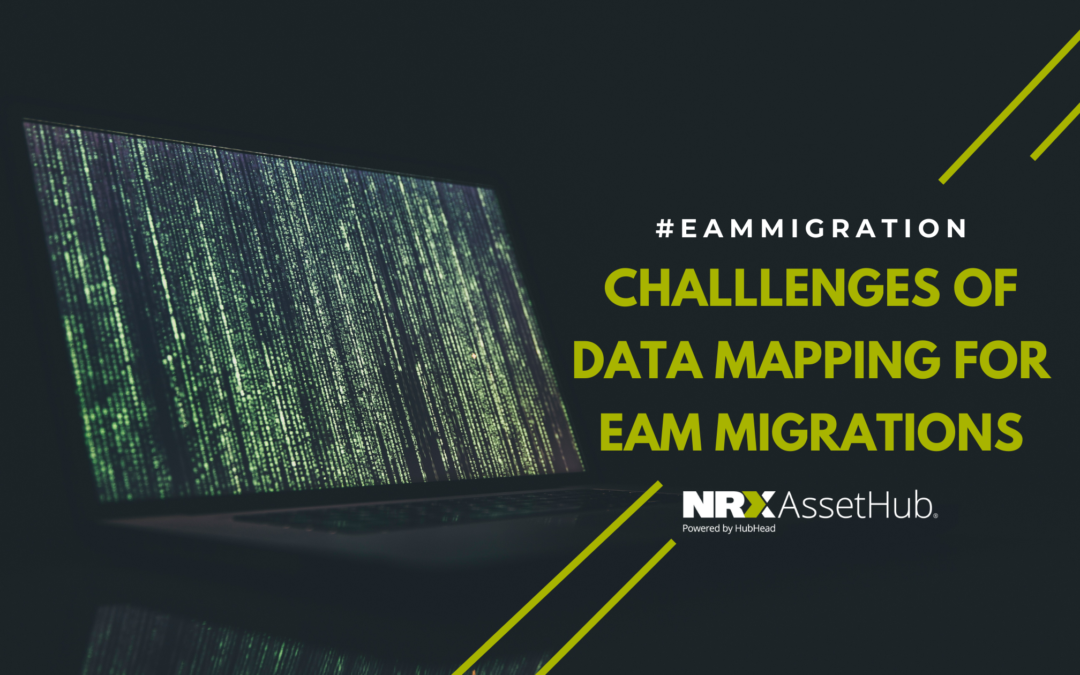
Inaccurate Asset and Maintenance Master Data
Poor quality asset and maintenance master data in your existing CMMS or EAM system will be transferred to your new EAM system unless you find an efficient way to fix it prior to loading.
Standards are Uncertain for the New EAM System
When the new EAM system has not been implemented and configured yet, standards may be uncertain, it is challenging to baseline the quality of your existing asset and maintenance master data against the minimum data standards required for your new EAM system. Having an efficient way to update the data as standards are developed is very helpful.
Inflexible Data Mappings
Inflexible data mappings and inability to deal with changes in data mappings and data requirements that occur over time are a challenge when migrating your asset and maintenance master data to a new EAM or CMMS system. To transform, modify and restructure your asset and maintenance master data from existing structures to new data requirements that change over time, you need an effective staging tool that allows you to make these changes quickly.
Lack of Time to Consult with Maintenance and Reliability Teams
A lack of time and a lack of a suitable platform – for maintenance and reliability teams to review asset and maintenance master data pose a challenge for configuring your new EAM. During an EAM migration, it is important that your maintenance and reliability teams can review and approve asset and maintenance master data before it is loaded into your new EAM system.

Avoiding Asset Data Loss During an EAM Migration

Here’s What Happens to Maintenance When your EAM Data is Bad

Bad Master Data in your EAM System

Share this article

